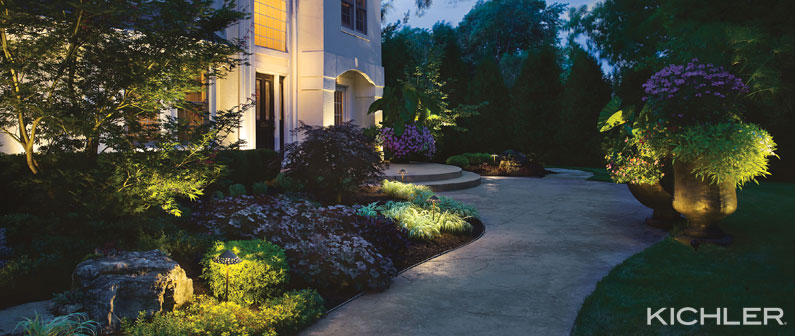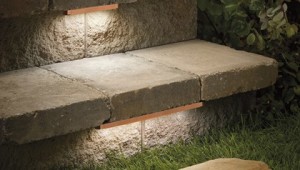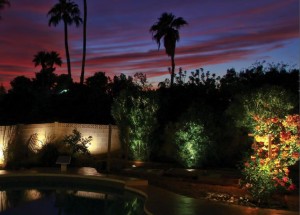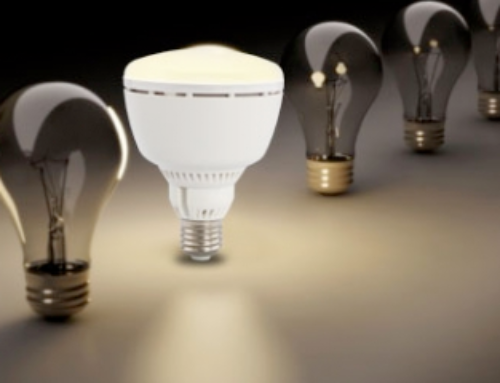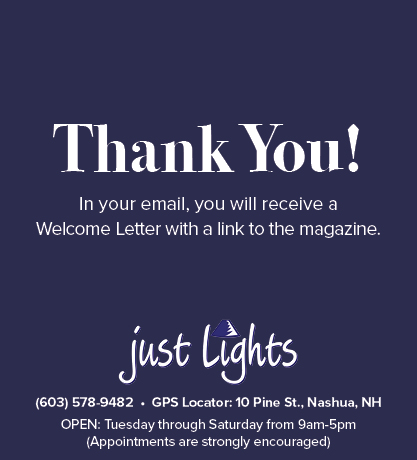Investing in quality outdoor lighting is a great way to add value, curb appeal and safety to your home.
Start by talking to a lighting expert at a local lighting store. These lighting professionals are trained to look at the big picture and design an outdoor lighting layout that will take into account all the layers of exterior lighting, including driveway, path, garden features and entranceways.
One element needed to achieve a complete outdoor lighting plan is landscape lights – such as path or spread lights, hardscape lighting, uplights for house or garden features, and even LED outdoor tape lighting. The other element is decorative outdoor lighting – which includes post lights, wall lights, hanging lights, deck or patio lights, and ceiling lights.
A Warm Welcome
The secret to good outdoor lighting design is to combine decorative fixtures with landscape lighting to subtly illuminate the exterior of your home and garden without harsh contrasts of dark and light. The result should be a warm welcome rather than a glaring blaze of light.
Start at the Entrance
Generally, the first element people will encounter is the driveway. If the driveway is long, it may be necessary to place several post lights – staggering them on opposite sides of the driveway to provide an even procession of lighting to guide people as they enter the property. A well-lit driveway also discourages unwelcome attention and affords security.
The next challenge is to light the way to entrances or to outdoor gathering places such as gardens, pools, decks or patios. Path lighting is often the most ill-used landscape tool, with insufficient lights placed too far apart. There should be no gaps between the pools of light being emitted from each path light, to avoid trips. Discount solar lights from a big box store might seem like a good idea, but the resulting light is usually insufficient. New LED path lights are far more effective and incredibly energy efficient.
Stepping Up
It’s also important to light stairs that lead to entranceways, decks or pools. Stair lights can be mounted on existing features such as deck posts or installed in the ground on either side of the step, for instance, in a garden. The new technology of LED hardscape lighting is a great way to easily place lighting precisely where it’s needed. It should be possible to move easily from the driveway to the entry way without having to look down to navigate pockets of darkness.
In the Garden
Garden features are another great way to add subtle lighting. Trees can be gently uplit and other garden elements – such as sculptures or rows of bushes – can be highlighted with spot lights. A water feature can be a lot of fun to light, especially with the new LED underwater tape lights. These can be found at a local lighting store – beware of cheap versions, since they may not last more than a season.
Your Light, Your Style
The homeowner’s creative side can be expressed with decorative outdoor lighting fixtures. The choices are nearly limitless, with designs ranging from traditional Colonial lanterns to marine-inspired wall lights or retro industrial styles. Quality outdoor lighting fixtures are designed to last for years, if not decades, and the homeowner will find that saving money in the short term may not pay off in the long run.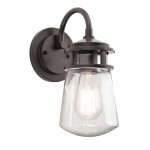
Once a style selection is made, it’s simple to decide what fixtures are needed. Entryways generally work best with a wall light on either side of the door, and a hanging light above the entrance, if there is a porch or sheltered entryway. The hanging lights can transition to flush-mount ceiling lights along the length of a wraparound porch. Depending on the climate, it may also make sense to add outdoor ceiling fans with light kits, for both comfort and utility.
LED Bulbs
Almost all outdoor lighting fixtures now accept LED bulbs. The light from LED bulbs is nearly indistinguishable from old incandescent bulbs, but, on average, LEDs use less than a tenth of the electricity. That means a homeowner can add security and beauty without worrying about the electrical cost. LEDs are so cost-efficient, it even makes sense to retrofit existing outdoor fixtures – and the bulbs may never need to be replaced as long as the home is owned.
Simple Solutions
The last secret to good outdoor lighting design is simplicity. The best approach is to take a step back and view the home’s exterior objectively. It should be clear where light is needed, and how much. Over-lighting is as bad as under-lighting – and is a waste of money. As with many things in life, simple is best.


